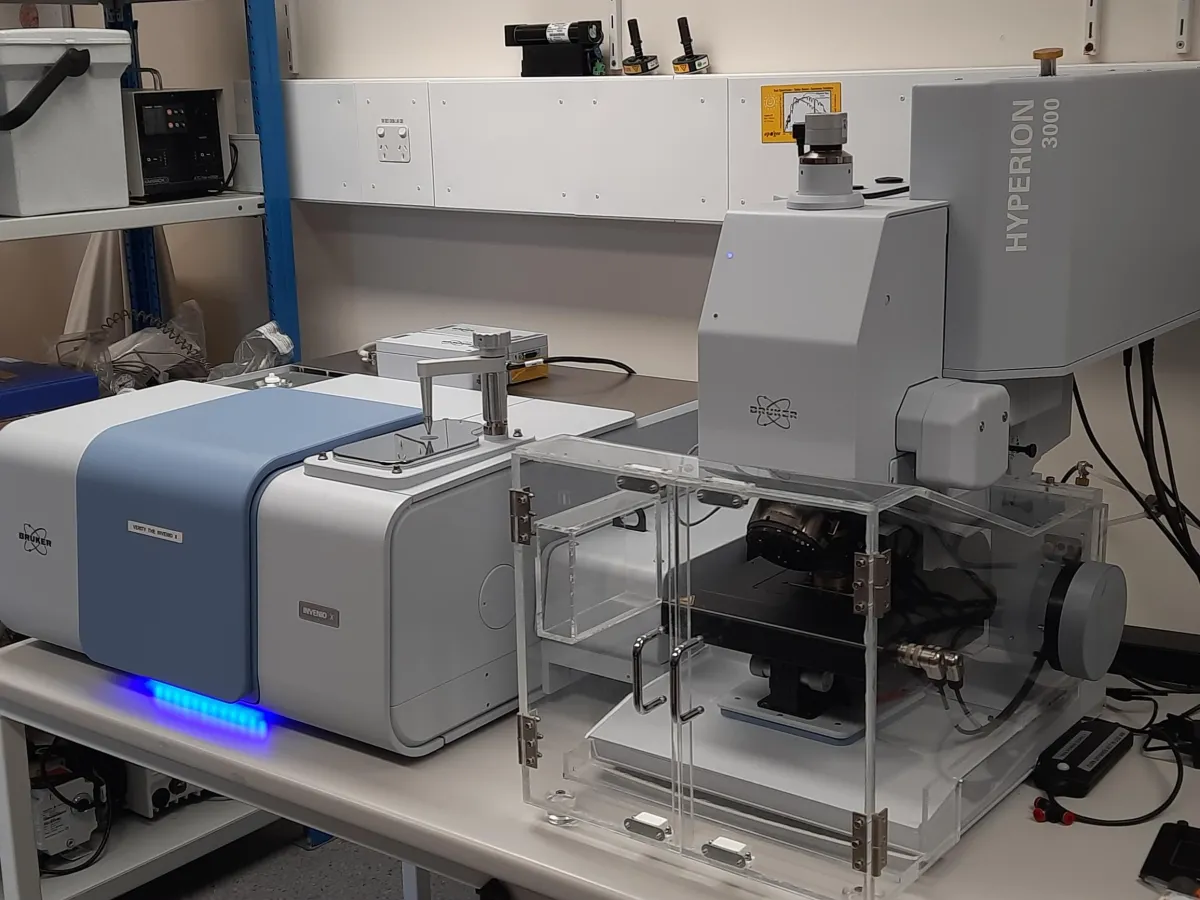
ANU SPEC-E Lab
SPEctroscopy, Characterisation and Experimental Laboratory
Contact
Content navigation
About
Image

New Hyperion II and Invenio X FTIR
Instrument bookings & training can be arranged by contacting the Senior Laboratory Technician (see "Contacts" on the right). Instrument availabilities are listed in the calendar below.
Calendar
Current projects include:
- In situ analyses to characterize reactions as a function of temperature and gas atmosphere
- Detecting rock art coatings appropriate for dating
- Spatially mapping water diffusion in crystals and glasses
- In situ temperature-dependent reaction rates
- Investigating relationships between silicate glass structure, composition, thermal effects and spectra
More information
Location
Research School of Earth Sciences
Florey Building, Building 54
Mills Road
ACTON ACT 2601
-35.282906338024, 149.11375149166


